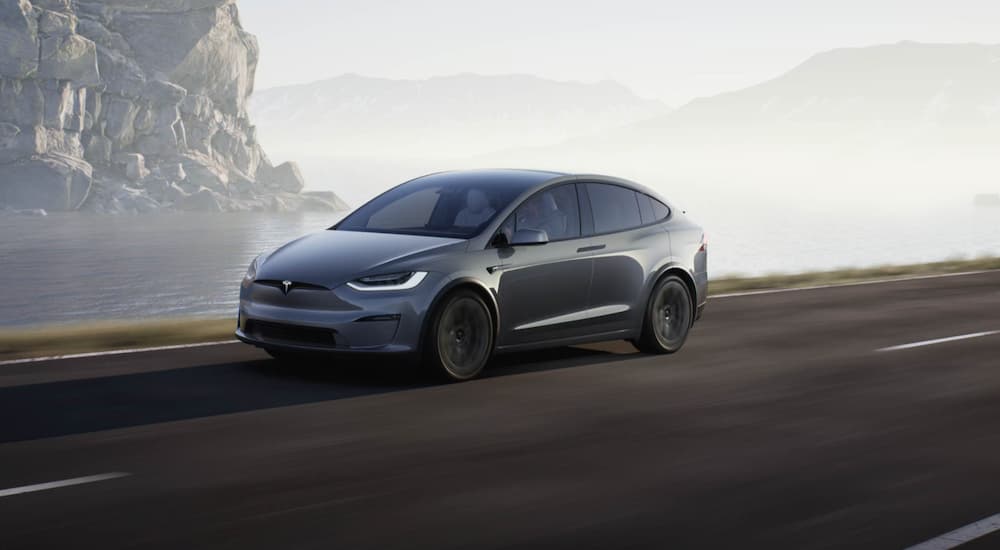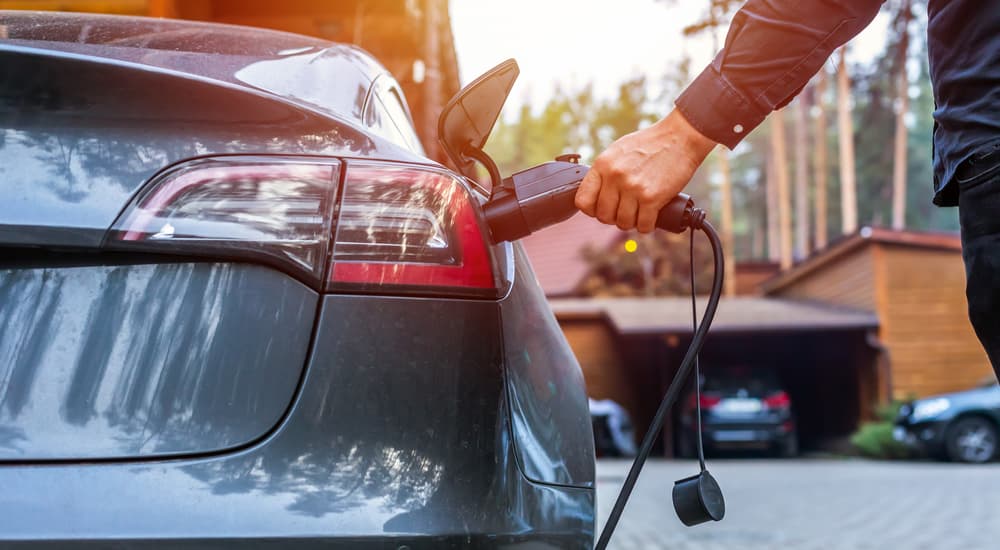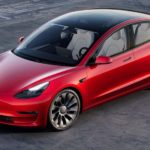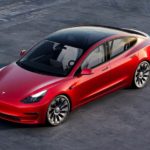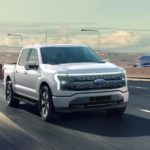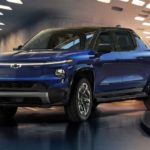People love to talk about Tesla being the most valuable auto manufacturer in the world and about the substantial wealth of its CEO, Elon Musk. Some of us also like to talk about how controversial Tesla and Mr. Musk are – about the decisions they’ve been making and about how those decisions are not always (often) in the best interests of their customers or the public in general. This has included Musk’s often bizarre behavior and willingness to make bold claims (I won’t say “outright lies” but…) about things that turn out to be false.
There’s no denying that Musk is an expert showman and knows how to keep his name and the Tesla name in the headlines. Narcissism is all fun and games until people get hurt, and people are getting hurt, even killed, due to recklessness on the part of Tesla and its development of things like its “Autopilot” and “Full Self-Driving,” both of which have remarkably misleading names. Full Self-Driving technology that allows a vehicle to completely drive itself doesn’t exist yet – not at Tesla or any other auto manufacturer. Recent headlines have continued the trend of showcasing the fact that Tesla’s actions are often reckless and rarely beneficial for customers.
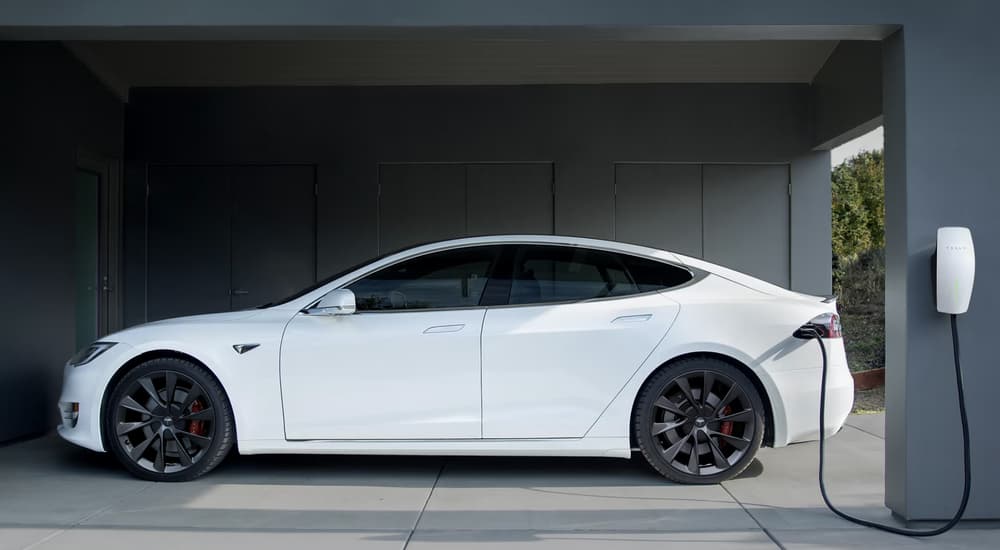
Mobile Connector Fiasco
Tesla recently announced they’d no longer be including their mobile connector, which is used to plug their vehicles into a basic 110v outlet, with their vehicles. No, wait, they didn’t actually announce that–someone noticed it was no longer listed as an included item and took to Twitter to notify others about this. After a fair amount of twittering, Musk tweeted (because that’s his preferred form of communication) that the new information was correct and based on, “Usage statistics were super low, so seemed wasteful [to continue providing the cord].”
Musk also added, via Twitter, “Note, mobile connector is not needed if you have a Tesla wall connector or to use Superchargers. Recommend installing Tesla wall connector well before car arrives.” It’s worth noting, of course, that a Tesla Wall Connector will run you an extra $500, not including installation by an electrician, which will cost you even more. All of that for a vehicle that’s going to run you more than $40k at the low end. In the past, it would come with a mobile connector so you could charge at home while you figure out the best option to make owning your Tesla as convenient as possible. Now you’ll need to pay $200 for the mobile connector – assuming it’s even available, which it isn’t at the moment.
The fact that it’s currently out of stock makes me wonder if the real reason for this change isn’t so much about “usage statistics” and more about inventory management. Why tell your customers that they’ll have to wait for something included when you can remove it as a standard item, make them pay for it, and then still make them wait? That’s just good business.
Who Is Giga Production Good For?
Recently a very vocal Tesla investor (because that’s now a defining personality trait) tweeted that production at the Gigafactory in Berlin is ramping up, and 350 Model Y vehicles are being made each week. Even more remarkable, the goal by the end of this month is for the facility to be making 1,000 Model Y vehicles every week. The long-term goal, according to Tesla, is for the Gigafactory to make 5,000 to 10,000 vehicles per week by the end of this year!
All of this comes on the heels of a growing number of criticisms, complaints, and concerns by their customers about build quality in Tesla models. Panel gaps, in particular, are a growing complaint as long-time customers have started noticing that their new models are much less refined than the vehicles they bought in years past. In addition to this, customers have reported that cheaper materials are being used – plastic in place of leather and soft materials from previous model years – along with a general lack of refinement. One shudders to wonder what these vehicles will look like when 10,000 are being made every week (that’s an average of one car made about every 8 minutes).
Shanghai Workers Now Living at Tesla Factory
One solution to boosting manufacturing, of course, would be to simply have the workers never leave your factory – something happening at Tesla’s Gigafactory in Shanghai. To be completely fair, this is in response to growing restrictions in China due to ongoing Covid issues and new spikes in cases that caused the Shanghai factory to close at the end of March. After three weeks of no production, Tesla has finally been able to move forward with reopening the plant under a “closed-loop” system – no one in or out.
While the restrictions remain in place, workers at the Shanghai plant will essentially live there – they’re being provided with a mattress, sleeping bag, and three meals per day. They’re also being paid a small wage or “stipend” each day of about $60 – though the amount depends on each worker’s position in the company. You could argue that Tesla’s making the best of a bad situation, which might be accurate, except this new setup will also have their staff reportedly working 12-hour shifts, six days straight, with a single day off. Prior to this, these workers would work four days with two days off in three shifts to keep the factory running day and night.
To me, from the outside, this feels a lot like worker exploitation. We’ll see if Tesla isn’t generous enough to offer more amenities through a “company store.”
Tesla on Collision Course with Congress
For many years now, Tesla has been getting away with false claims, misnaming of their technology, and outright dangerous developments that have been harming and killing their customers. The federal government is starting to wake up to this and, with any luck, will start tightening restrictions and regulations for the development of automated driving in the auto industry. They’ve been letting companies mostly go with self-regulation, and people are paying the price for this with their lives.
In the last four years, there have been dozens of incidents in which people have been harmed or killed due to Tesla vehicles being operated in driver-assist or “Autopilot” mode. A lot of safety experts have been hoping that self-driving technology will eventually save lives as it eliminates driver error – but we’re not there yet. In the meantime, people are greatly overestimating what this technology can actually do, and lives are being lost.
I take particular issue with Tesla because they use terms like “Autopilot” and “Full Self-Driving” that make drivers think their vehicles are capable of much more than they really are. In addition to this, while other manufacturers are also working on this technology, major American companies like Ford and GM include a safety system that uses a camera to monitor the driver and make sure they are paying attention to the road. Tesla models do not use this system, and that allows drivers to be more reckless in a Tesla than a GM or Ford.
In fact, new guidelines for safety testing released by the National Highway Traffic Safety Administration (NHTSA) this year include requirements for semi-autonomous systems to have this kind of camera and a system that will prevent the driver from using the technology if they’re not paying attention. Of course, this is just for a good safety rating and not a legal requirement.
Still an Uncertain Path
The NHTSA has finally ordered automakers to start reporting when crashes occur while an automated-driving system is engaged, so the stats are starting to become available. If companies like Tesla won’t do everything they can to keep people safe, then Congress should step in and start passing legislation requiring them to do so. We’ll have to see how things shake out.
